This piece was provided by CODO Design, a food and beverage branding firm, and authors of Craft Beer, Rebranded. This book (and companion workbook) is a step-by-step guide to help you map out a successful strategy for rebranding your brewery. Join 5,000+ other brewing industry folks on the Beer Branding Trends newsletter to receive monthly field notes covering trends, currents and actionable advice from the front lines of beer branding.
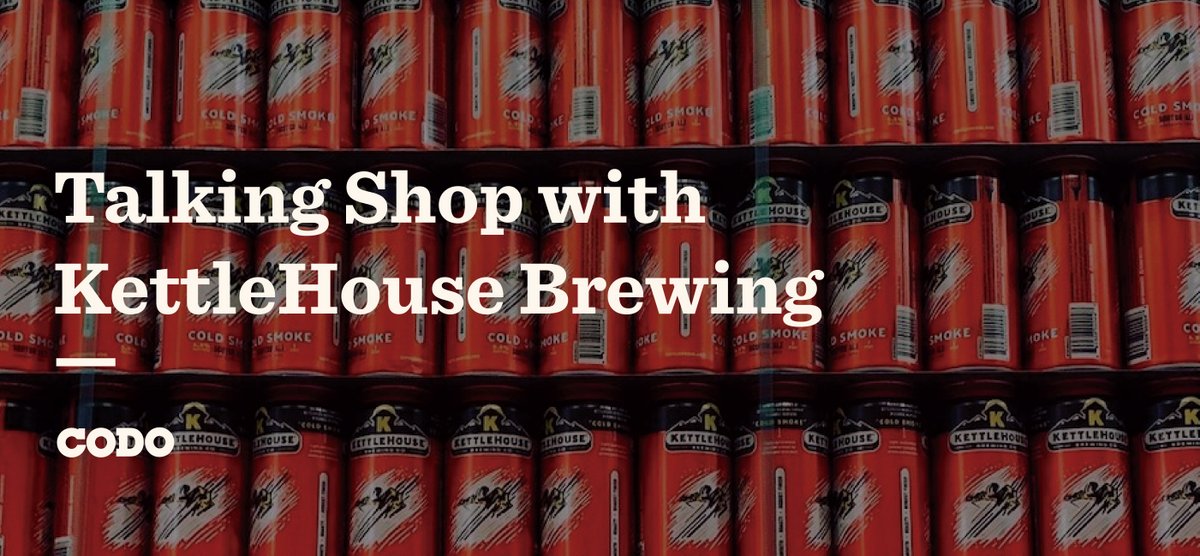
KettleHouse Brewing is a Montana staple. And we didn’t realize just how popular the brewery is until we posted a photo of Cold Smoke (the best selling craft beer in Montana) to our Instagram page. Comments started pouring in from people all over the country. “Cold Smoke!” “Bring me some!” “I love KettleHouse!”
We were fortunate to partner with KettleHouse for its rebrand back in 2019 — the first “real” branding move the brewery had made in its 23 year history. KettleHouse’s (very) vocal fans were happy with the change. So long as Cold Smoke still tasted the same.
We caught up with the KH team — Suzy Rizza, Co-founder, Erin Parchert, Sales Manager andTiffany Lutke, Marketing Manager — to discuss life a few years out from the big change as well as how their team weathered the pandemic and what to expect from KettleHouse in the future.
CODO: You were doing a lot of things right for a lot of years before considering a rebrand. When we kicked off that process, there was even a question of how much we should update vs how much we should retain because your sales numbers were so good. Now that the dust has settled, are you happy you went through the rebranding process?
Suzy: Yes, I’m happy we went through it. For me, it was partly about feeling proud of our branding and partly about feeling competitive. As we grew and were talking about expanding to other markets, I wanted us to be competitive with other brands and not have outdated graphics. I also wanted to feel proud to see our set on the shelves. (not that I didn’t before, but…)
CODO: How did your fans receive the updated look?
Erin: It seems that we kept our graphics similar enough to not confuse people or make them nostalgic for what once was. The feedback has been very positive across social media and from our distributors.
CODO: Did you run into any issues as you fully transitioned to the new branding and packaging?
Erin: There are always issues of packaging inventory when transitioning and this was no exception. We did a rolling transition, so it wasn’t as clean on the shelves in the short term, but we were able to fully utilize our old packaging and not have waste in that regard.
TIFFANY: Since the brand has been established for so long (25 years), many accounts had old logo files saved for advertisement in their bars and restaurants. It’s taking some time to make sure accounts are always using the new logo if they are creating a flyer or a post on social media. It is realistic that a handful of vintage logo LEDs and tin tackers will remain out in the market through the years, but our team and wholesale partners have been on top of replacing old tap handle stickers, providing updated POS and POP, and we’ve also established a page on Brandfolder, a digital asset management website, so we can easily provide a link to all updated assets for anyone who might need it. There are many vintage logo wearables out in the world as well, so we’ve also made sure to compliment the new beer packaging with plenty of updated merchandise to help showcase the new logos.
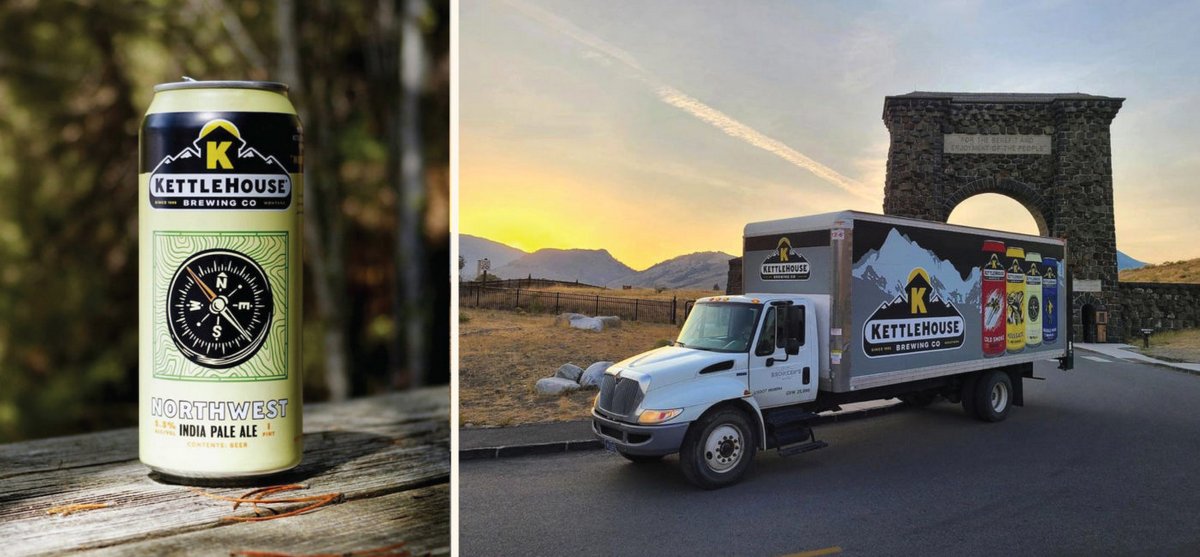
CODO: We had a lot of fun working on your Cooler Times mixed pack. We’ve seen mixed packs as a major brewery trend over the last few years — what were you hearing that made you want to create one? And how has it been received thus far?
Suzy: For us, it was an attempt to “introduce” our customers to more of our brands. Some beer drinkers can get in a rut and they like what they like and they buy the same thing over and over. With a mixed pack, there’s less of a risk to the customer — they don’t have to invest in a 4-pack or 8-pack of something they’ve never tasted and aren’t sure they’re going to like. With a mixed pack, we throw in a fan favorite, and then some of our new stuff. I think it’s easier for the customer to make the decision that way to try something new, and we get our newer beers into more hands. It’s a win-win.
Tiffany: We always appreciate the insight our wholesale partners provide, and a mixed pack is something they were definitely interested in seeing from us. We are also aware that many people who travel to Montana know they want to try Cold Smoke while they’re here, and we wanted to give those customers a chance to taste some of our other brands as well, without having to commit to buying multiple varieties. We introduced a seasonal into the mixed pack to offer current fans a way to try out something new, but still provide them with their long-time favorites alongside it.
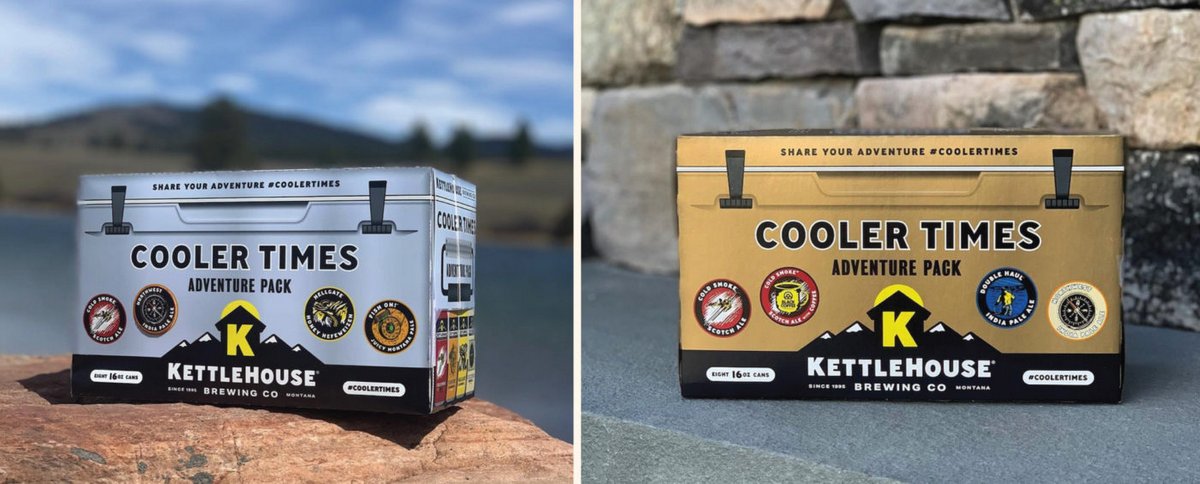
CODO: What challenges do you run into as a mid-market, 25 year old (!!!) brewery? Are there any issues that are unique to a brewery of your size and age or are they the same problem smaller breweries deal with, just on a larger scale?
Suzy: I’ll add to the question “what’s unique about the culture of the community that you’re in”. My friend was recently at a bonfire and someone was talking about when they first came to Missoula and they went to KettleHouse. They added “That was back when it was small.” That’s our biggest challenge as we’ve grown. How do you stay the hometown favorite while you grow? I can’t say for sure, but I think one thing that’s unique to Missoula is its hyper-local centrism. It’s something that makes Missoula absolutely special and the most supportive community a small business could ask for. It also makes it easier to “dash” people’s expectations of what you are to them. We’re a 15,000 bbl/year brewery. Nationally, microbreweries are classified as producing 0-15,000bbl/year and regional breweries produce between 15,000 and 6 million bbls. Technically, we’re a regional brewery, but we’re one hair’s width above 15,000. But the local perception is that we’re “big.”
CODO: We’re currently revamping your website. We’ve seen an uptick in breweries wanting newer, better functioning sites. What role does your site play in your business and marketing strategy?
Suzy: For us, a website is just part of the overall marketing toolbox, and our website hasn’t been as functional as it certainly could be. We currently don’t sell any merchandise online. In the Covid era! It’s unthinkable. And it seems that technology just keeps getting better and better — you can easily have functionality now that puts you in better touch with your customers, garners more customer data, and allows you to be very responsive to what’s going on seasonally or in your community by changing the marketing message every day if that’s what you want.
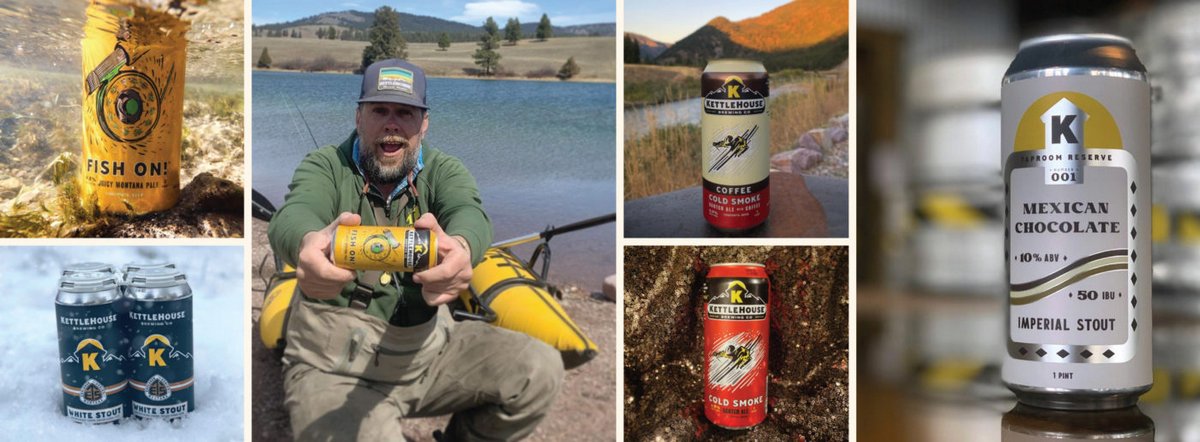
CODO: What’s your grand vision for KettleHouse? And what can we expect to see from your team over the next year or two?
Suzy: My grand vision is to pass this company on to the next “generation.” I’m so excited to see how its cared for and nurtured. I feel our team has really bonded and grown through the pandemic and I expect to see even better relationships and an environment that continues to encourage more creativity and innovation.
Read the rest of this post over on CODO’s site: https://cododesign.com/talking-shop-with-kettlehouse-brewing-codo-design/
Join CODO’s Beer Branding Trends newsletter for monthly field notes covering trends, currents and actionable advice from the front lines of beer branding.


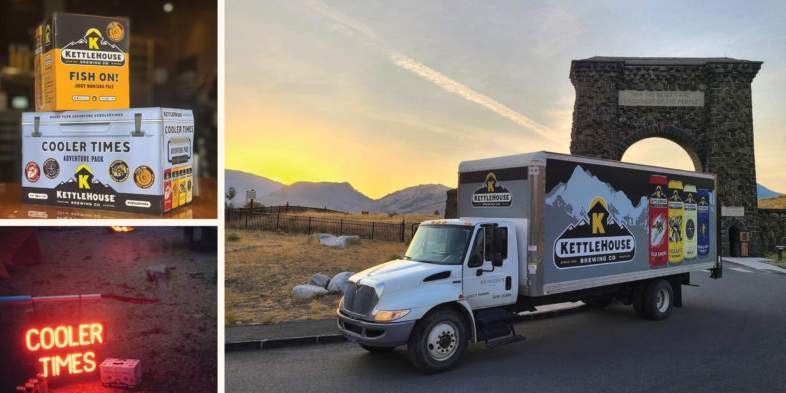
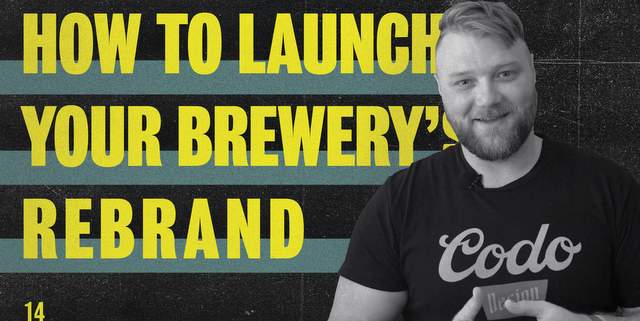
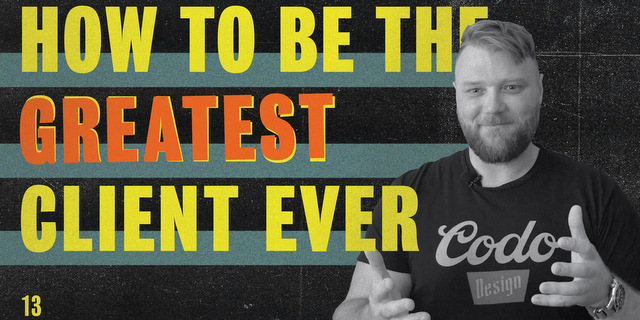
Leave a Reply
You must be logged in to post a comment.